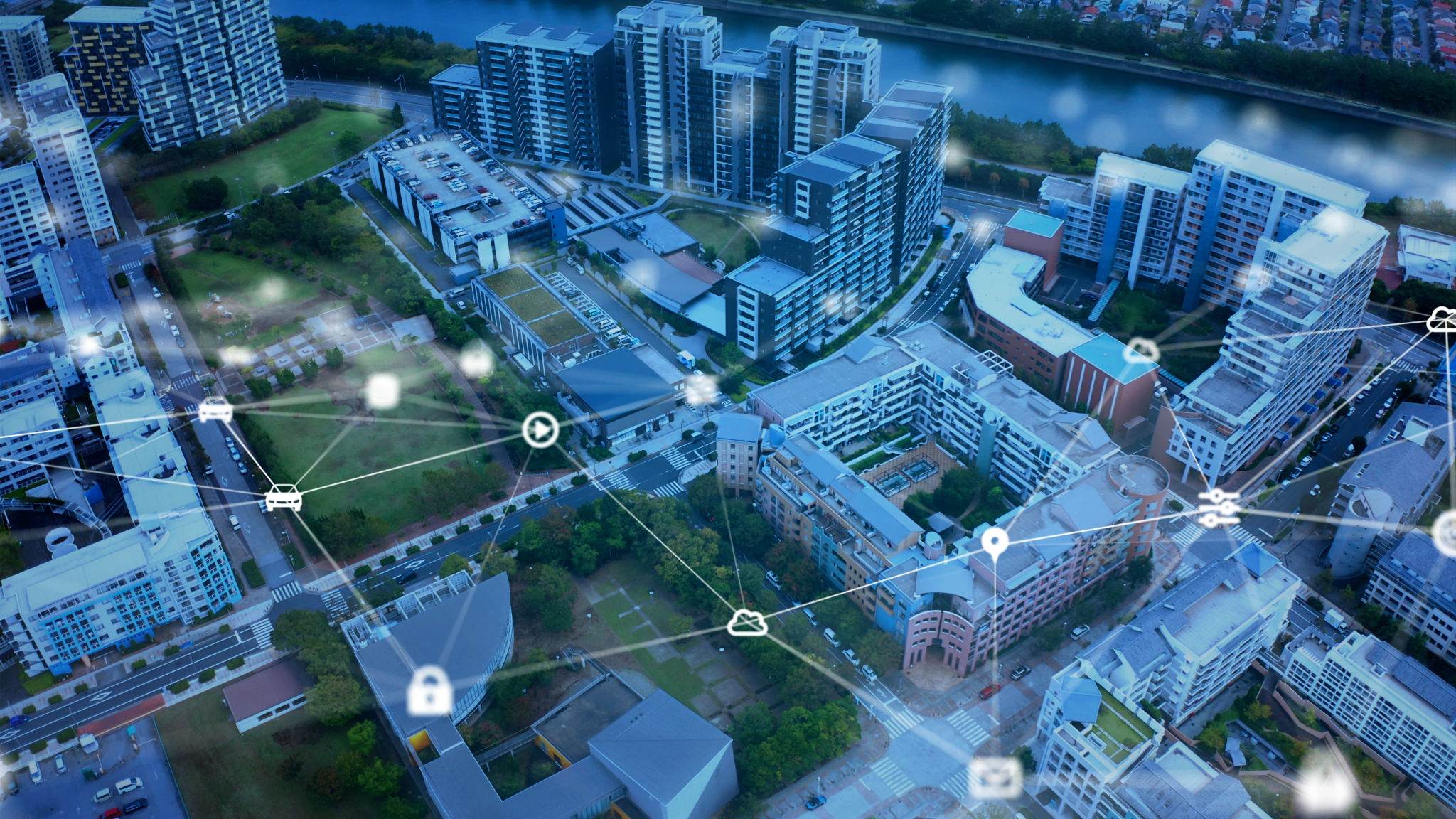Top Trends in California Commercial Building: What to Expect in the Coming Years
Sustainability and Green Building
The push for sustainability continues to be a dominant trend in California's commercial building sector. As environmental awareness increases, more businesses are adopting green building practices. This includes the use of sustainable materials, energy-efficient systems, and renewable energy sources such as solar panels. By prioritizing sustainability, commercial buildings are not only reducing their carbon footprint but also appealing to eco-conscious clients and tenants.
One of the significant shifts is the integration of LEED (Leadership in Energy and Environmental Design) certification. Achieving LEED certification can significantly enhance a building's marketability and operational efficiency. Developers and investors are recognizing the long-term benefits of these eco-friendly initiatives, which include lower operating costs and increased asset value.

Smart Building Technology
Technology is revolutionizing the way commercial buildings are constructed and operated. Smart building technology is at the forefront, incorporating advanced systems that allow for automated control over various building functions. This includes lighting, heating, ventilation, and air conditioning (HVAC), security, and more.
With the implementation of the Internet of Things (IoT), building managers can optimize energy consumption and enhance security through real-time data analytics. This trend is expected to grow, with more buildings incorporating smart sensors and devices that improve operational efficiency and user experience.

Flexible and Adaptive Spaces
The demand for flexible workspaces is reshaping the commercial real estate landscape in California. As organizations embrace hybrid work models, there is a growing need for adaptable spaces that can cater to varying occupancy levels and functions. This trend is leading to an increase in the development of mixed-use buildings that offer a blend of office, retail, and residential spaces.
Developers are concentrating on creating environments that can easily be reconfigured to meet diverse needs. Movable walls, modular furniture, and multipurpose areas are becoming standard features in new commercial buildings. This flexibility not only maximizes space utilization but also enhances tenant satisfaction.

Focus on Health and Wellness
The recent global health challenges have highlighted the importance of wellness in building design. Commercial buildings are now prioritizing health-centric features to ensure the well-being of occupants. This includes improved air quality systems, access to natural light, and biophilic design elements that connect people with nature.
Building certifications like WELL and Fitwel are gaining traction as they focus on optimizing spaces for human health. These certifications emphasize key factors such as air quality, water quality, fitness opportunities, and mental health considerations. The trend towards healthier building environments is expected to continue as businesses recognize the benefits of fostering a healthier workplace.
Resilience and Safety
In California, resilience is a key consideration due to its susceptibility to natural disasters such as earthquakes and wildfires. Commercial buildings are being designed with enhanced safety features to withstand such events. This includes seismic retrofitting, fire-resistant materials, and advanced safety systems that ensure occupant safety during emergencies.
Developers are increasingly prioritizing resilience in their projects to safeguard investments and protect tenants. As a result, buildings that incorporate robust safety measures are becoming more attractive to investors and tenants who value security and reliability.

Conclusion
The commercial building landscape in California is evolving rapidly, driven by trends that emphasize sustainability, technology, flexibility, health, and resilience. As these trends shape the industry, stakeholders are presented with opportunities to create innovative spaces that meet the demands of modern businesses and communities. Staying informed about these developments will be crucial for anyone involved in the commercial real estate sector in the coming years.
